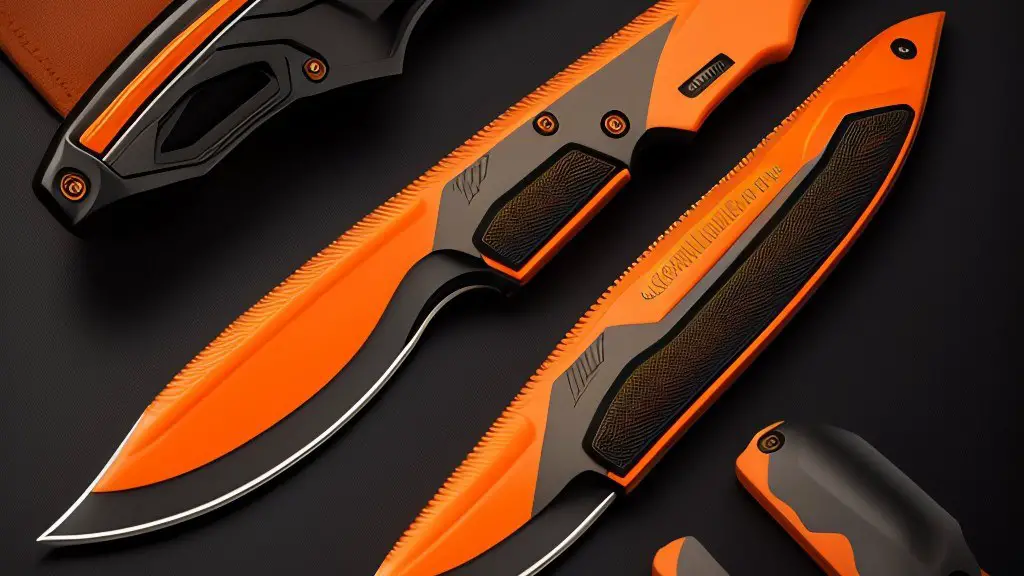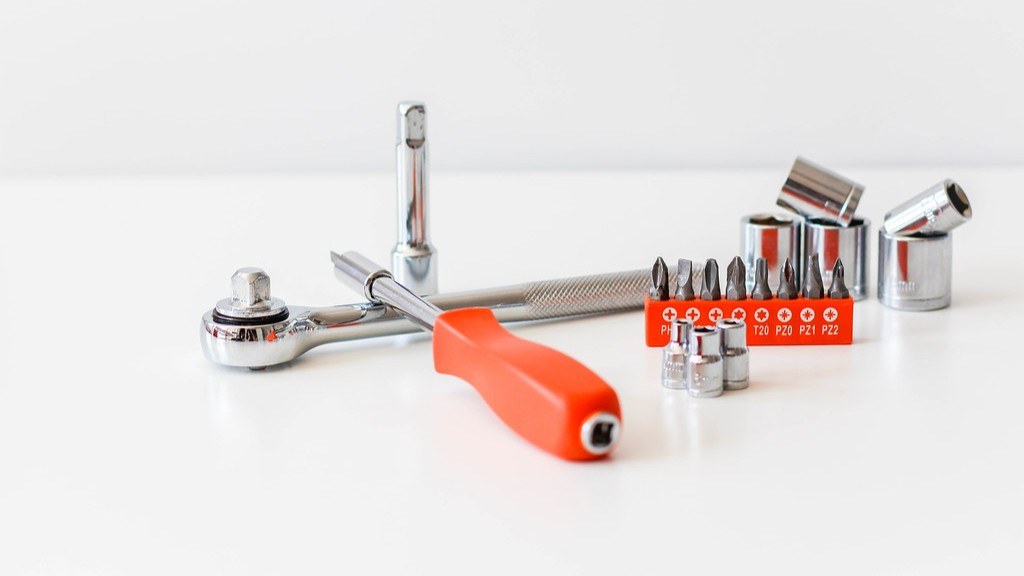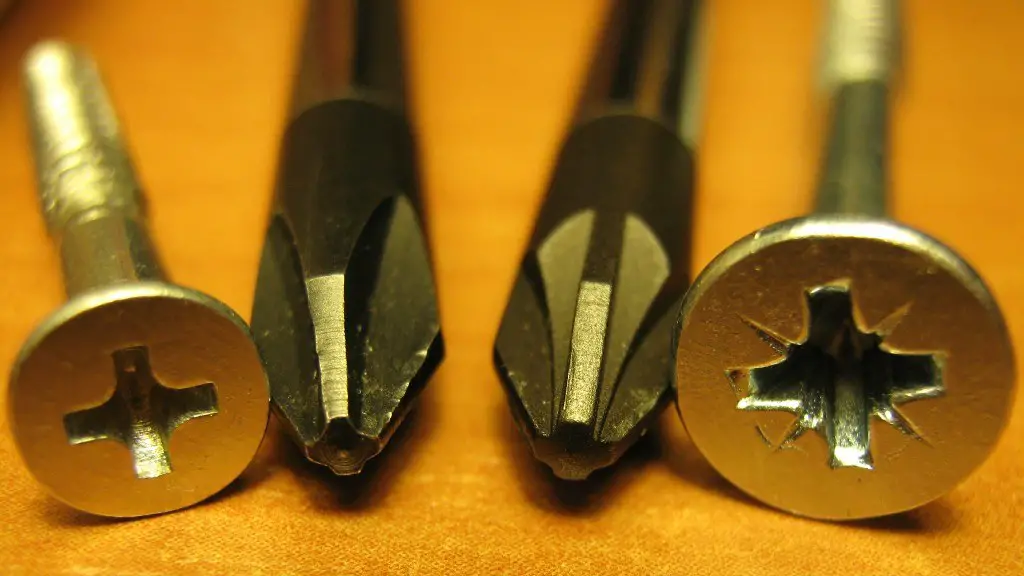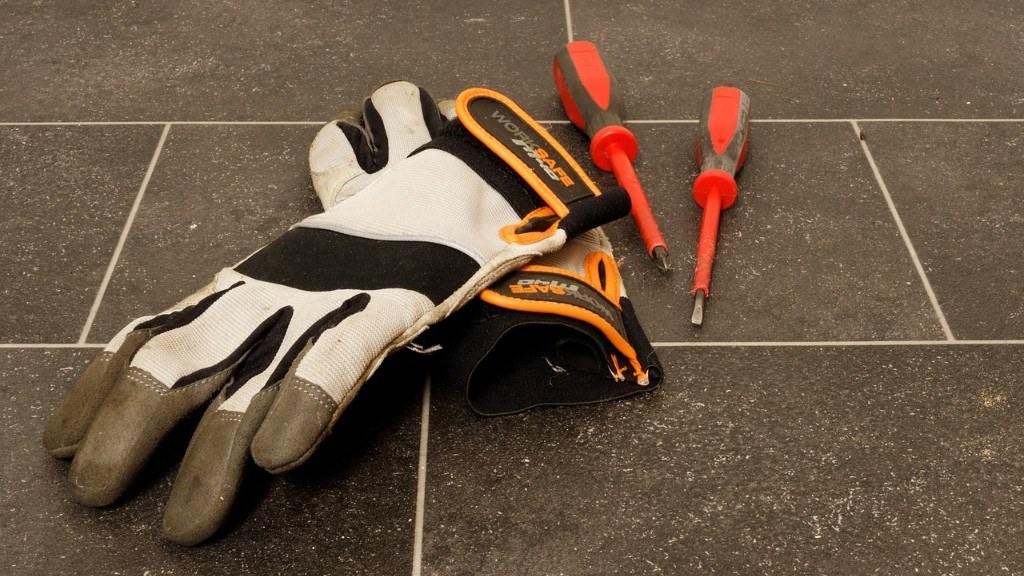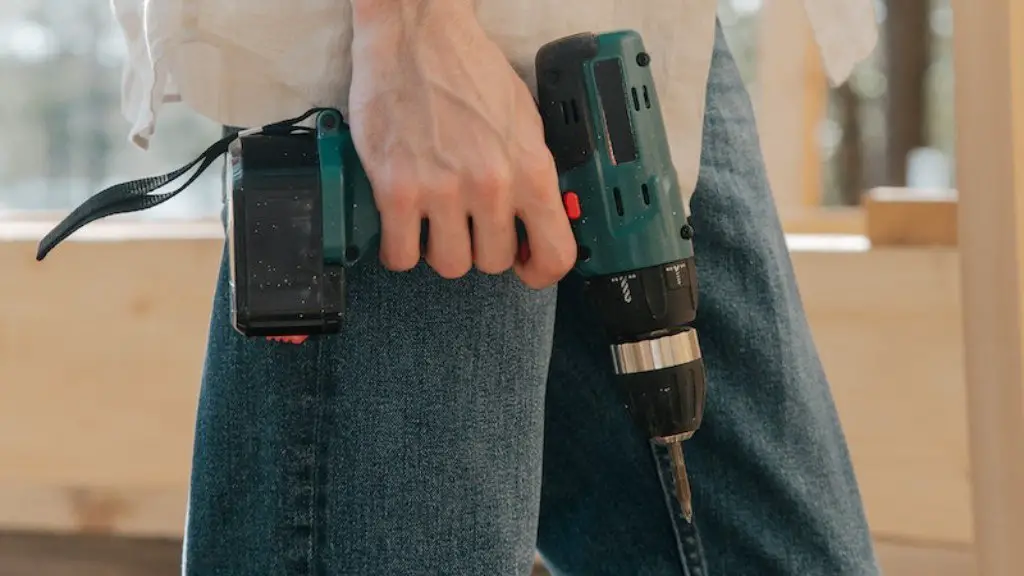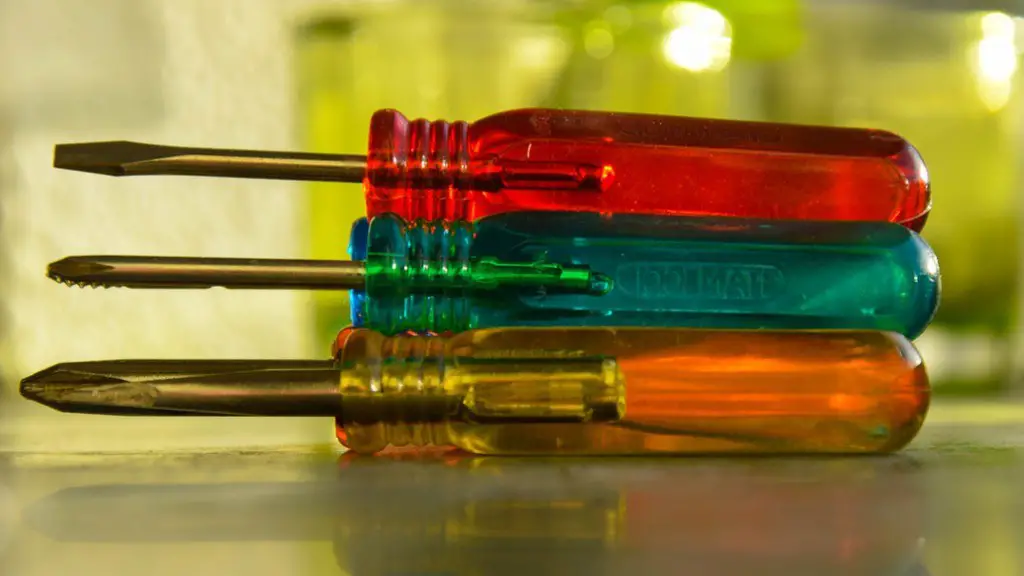Most people think of utility knives as dangerous tools. But, when used correctly, they can be very useful for a variety of tasks, including cutting carpet, opening boxes, and stripping wire. Here are some tips for using a utility knife safely:
1. Always cut away from your body.
2. Use a sharp blade. A dull blade is more likely to slip and cause an injury.
3. Apply even pressure when cutting. Don’t try to force the blade through the material.
4. Keep your fingers away from the cutting edge.
5. When not in use, store the utility knife out of reach of children.
Use a utility knife only when absolutely necessary. Avoid using utility knives whenever possible.
If you must use a utility knife, follow these safety guidelines:
1. Choose the right utility knife for the job. There are many different types of utility knives available, so make sure you select the one that is best suited for the task at hand.
2. Always keep the utility knife blade covered when not in use. This will help to prevent accidental cuts.
3. When using the utility knife, always cut away from your body. This will help to avoid serious injury in the event of a slip.
4. Always store the utility knife in a safe place, out of reach of children.
How do you use a utility knife?
To safely hold and use a utility knife, grip the knife in your preferred hand with your index finger on top of the blade. This will help guide the blade as you cut.
When not in use, it is important to keep the blade of your knife covered. This will help to protect the blade from damage and keep it from becoming dull. When storing your knife, be sure to keep the blade retracted fully or with a guard in place. This will help to prevent accidental cuts. Self-retracting utility knives are a great option to consider because they minimize the chance of accidentally cutting yourself.
What not to do with utility knife
The utility knife is a versatile tool that can be used for a variety of purposes, from cutting through packaging to trimming wood. However, if not used properly, the utility knife can be dangerous. Here are some tips on how to use a utility knife safely and effectively:
-Always keep the blade pointing away from your body.
-Never try to force the blade through something; if it is too thick or tough to cut, use a different tool.
-Replace the blade regularly; a dull blade is more likely to slip and cause injury.
-When not in use, always store the utility knife with the blade retracted.
The Slice 10558 Smart-Retracting Utility Knife is a safe and easy-to-use knife that is ideal for a variety of tasks. The Smart Retract feature automatically retracts the blade when not in use, making it safe to use and store. This knife is a great choice for workers who are required to use auto-retractable handles for safety reasons.
Are utility knives safe?
Utility knives are very sharp and can cause serious injury if not used correctly. Employees should be aware of the hazards when using them and follow safe work practices.
If you are looking for a safe and effective utility knife, then ceramic is the way to go. Steel blades may be sharp, but they can easily cut skin. Ceramic blades are less sharp but just as effective, if not more. Plus, they can keep you and your employees safe. All of our ceramic utility knives are Slice brand.
What are 5 important safety rules for using knives?
Knives are one of the most important tools in the kitchen, but they can also be one of the most dangerous. It is important to always handle knives with care and to use the correct size knife for the task at hand. Always pick up knives by the handle and never touch the blade, even when it is dull. When cutting food items, always cut away from the body and use a flat surface. Immediately wash knives after use. By following these simple safety tips, you can help prevent accidents in the kitchen.
There are four main points to keep in mind when using knives: only use them for cutting food, carry them with the blade pointed downward, keep them sharp, and do not try to catch a falling knife. By following these simple guidelines, you can help ensure that you and those around you stay safe while using knives.
What are 5 tips for using a knife safely
Secure your chopping board: Always make sure your chopping board is properly secured before beginning to chop anything. One quick slip could cause serious injury.
Never wave a knife in the air: This is just asking for trouble. Not only could you accidentally hurt someone, but you could also drop the knife and injure yourself.
Keep your knives clean: Dull, dirty knives are more dangerous than sharp, clean ones. Make sure to wash and dry your knives after each use.
Create a flat surface on your ingredient before cutting it: This will help ensure that your knife cuts through the ingredient cleanly and doesn’t slip.
Take your time: rushing through the chopping process is a recipe for disaster. Take your time and focus on what you’re doing to avoid accidents.
Don’t leave your knives lying around: Always put your knives away after use. Leaving them out is an invitation for someone to get hurt.
Sharpen your knives: Sharp knives are much safer than dull ones. Make sure to sharpen your knives on a regular basis.
Always hold a knife in your dominant hand: This will help you have better control over the knife and avoid accidents.
It is important to follow safety guidelines when using knives to ensure you do not injure yourself or others. Always keep knives sharp as dull blades are more dangerous. Wear a cutting glove to protect your hand from the blade. Always cut away from yourself, and use the right knife for the job to avoid injury. Cut on a stable cutting board to avoid the knife slipping. Never grab a falling knife as this can lead to serious injury. Keep your eyes on the blade at all times when cutting. Carrying the knife pointed down, or in a scabbard, will help to prevent accidents.
What is the notch in a utility knife for?
Utility blades are a great option for those who need to frequently change out their blades. The unique shape of these blades allows them to fit into standard utility knives and make for easy swapping.
It’s important to grasp the blade edge firmly when you’re trying to snap it off. It’s easier and safer to do this if you’re close to the separation line. Once you’ve got a firm grip on the blade edge, you can break it by applying downward force.
The Ontario MK 3 Navy Knife is standard issue for the United States Navy SEALs. The knife is made from high quality materials and is designed for durability and performance. The knife has a serrated edge for cutting through tough materials and a sharp point for piercing. The knife also features a line cutter and a glassbreaker. The Ontario MK 3 Navy Knife is an essential tool for the SEALs and is trusted to perform in the most demanding situations.
The US Navy Seals commonly use the Ontario MK 3 Navy Knife. It features a stainless steel blade which is approximately 6 inches in length. The knife blade is about 7 inches long and resembles its predecessor, the Buck 184.
Can a utility knife be used as a weapon?
Most utility knives are not well suited to use as offensive weapons, with the exception of some outdoor-type utility knives employing longer blades. However, even small razor-blade type utility knives may sometimes find use as slashing weapons.
A chef’s knife is designed for slicing, chopping and dicing, while a utility knife is designed for more general purpose slicing. A utility knife is often serrated, which makes it better suited for slicing bread and other dense foods.
Warp Up
There are a few things to keep in mind when using a utility knife. First, always use a utility knife with a guard. This will help protect your fingers from the blade. Second, when cutting, make sure to hold the material firmly in place. This will help prevent the blade from slipping. Finally, when you are finished using the utility knife, be sure to put the blade safely away.
Be sure to keep the utility knife blade facing away from you when not in use, and to always grip the knife handle with your dominant hand to avoid accidents. Keep the blade sharp to maintain its effectiveness, and always be aware of where the blade is pointing. With proper care and handling, a utility knife can be a safe and useful tool.
